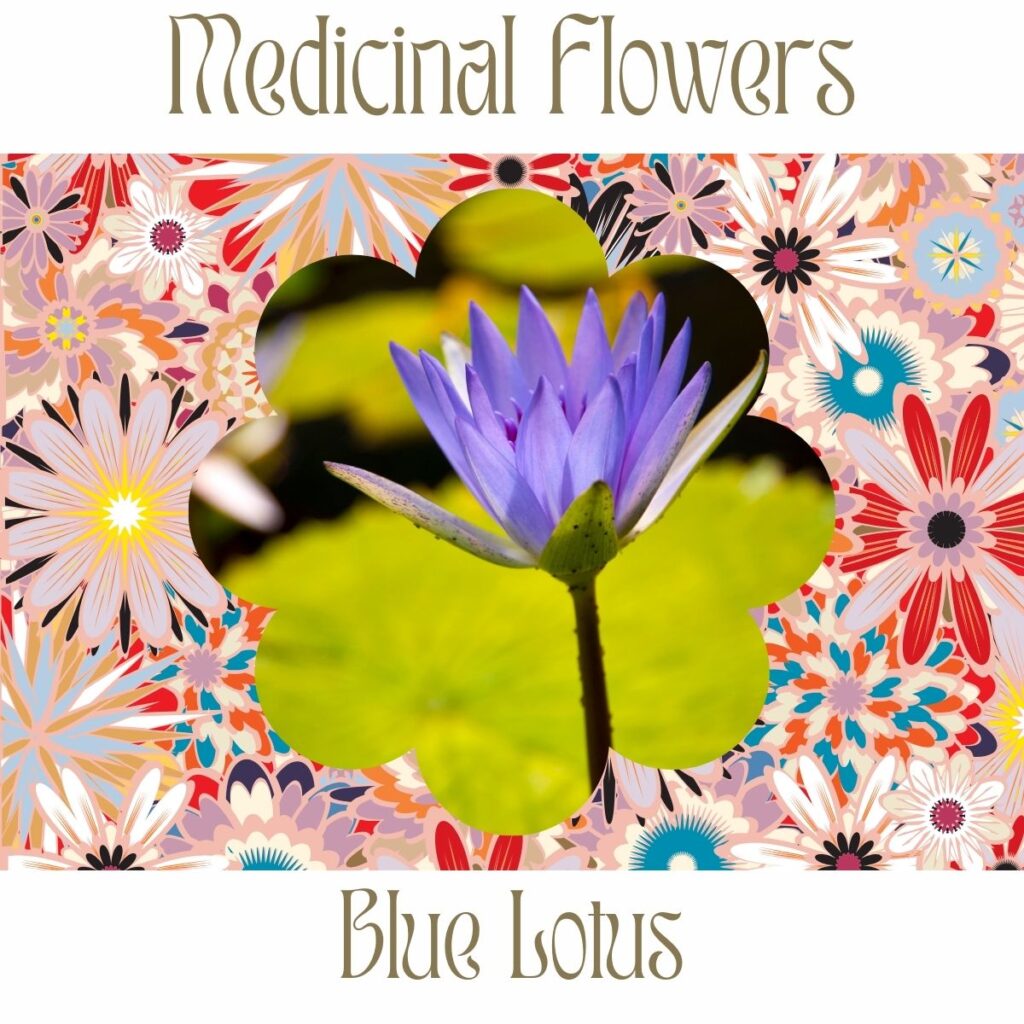Post Series: Medicinal Flowers
When we think of medicinal plants, it’s often the roots, leaves, or bark that come to mind—yet around the world, flowers have long been used for their healing properties. This series explores some of the most powerful and time-honored blooms used in traditional and modern herbal medicine… as diverse as they are beautiful.
Nymphaea caerulea, also known as the blue lotus or Egyptian blue water lily, is an aquatic perennial native to the Nile and other parts of Africa, recognized for its striking star-shaped, pale blue flowers that float above the water’s surface. Traditionally, the flower has been used medicinally for its calming and mildly psychoactive effects, with applications including relief for anxiety, sleep disturbances, mild pain, and as a mood enhancer, owing to its alkaloids such as nuciferine and apomorphine. Besides its medicinal use, blue lotus holds deep cultural significance in ancient Egyptian rituals and art, is valued for its ornamental beauty in aquatic gardens, and has been explored in modern wellness products for relaxation and spiritual practices.
· Origin: Nile River region, Egypt.
· Traditional Use: Used as a sacred plant, mild sedative, and aphrodisiac.
· Scientific Evidence: Antioxidant constituents of Nymphaea caerulea flowers. Agnihotri VK, Elsohly HN, Khan SI, Smillie TJ, Khan IA, Walker LA. Phytochemistry. 2008 Jul;69(10):2061-6
*This content is for informational and educational purposes only. It is not intended to provide medical advice or to take the place of such advice or treatment from a personal physician.

